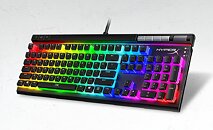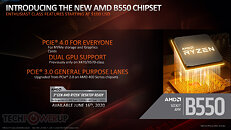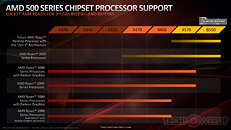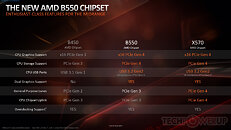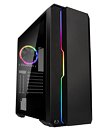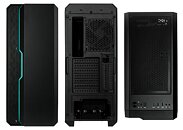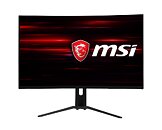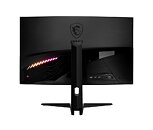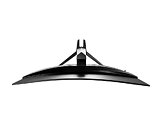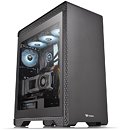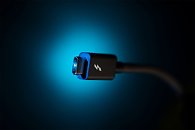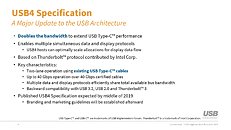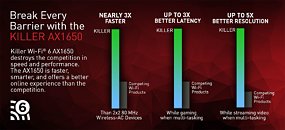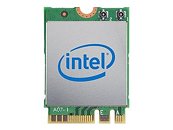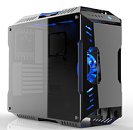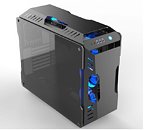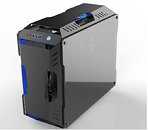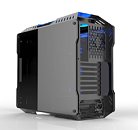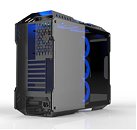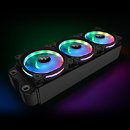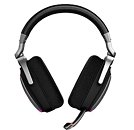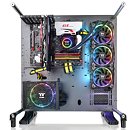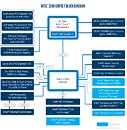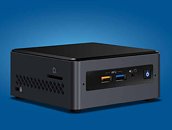
HyperX Announces Alloy Elite 2 Mechanical Gaming Keyboard
HyperX, the gaming division of Kingston Technology Company, Inc., today expanded its Alloy keyboard line up with the release of the HyperX Alloy Elite 2 Mechanical Gaming Keyboard. The new Alloy Elite 2 gaming keyboard is based on the original Alloy Elite design and boasts HyperX red linear mechanical switches built for performance, longevity and an 80 million lifetime click rating per switch. The keyboard includes dedicated media keys with quick access buttons and volume wheel and uses HyperX designed pudding keycaps with translucent dual-layer style and signature HyperX font to enhance LED and RGB light.
The HyperX Alloy Elite 2 features a signature light bar with LED lighting, dynamic RGB lighting effects with per-key lighting and RGB colors. Alloy Elite 2 is built with solid steel frame for durability, offers dedicated media buttons and a large volume wheel along with quick access buttons for brightness, lighting effects, and game mode. Alloy Elite 2 also includes a USB 2.0 pass through, 100 percent anti-ghosting and full N-key rollover functionality.
The HyperX Alloy Elite 2 features a signature light bar with LED lighting, dynamic RGB lighting effects with per-key lighting and RGB colors. Alloy Elite 2 is built with solid steel frame for durability, offers dedicated media buttons and a large volume wheel along with quick access buttons for brightness, lighting effects, and game mode. Alloy Elite 2 also includes a USB 2.0 pass through, 100 percent anti-ghosting and full N-key rollover functionality.
